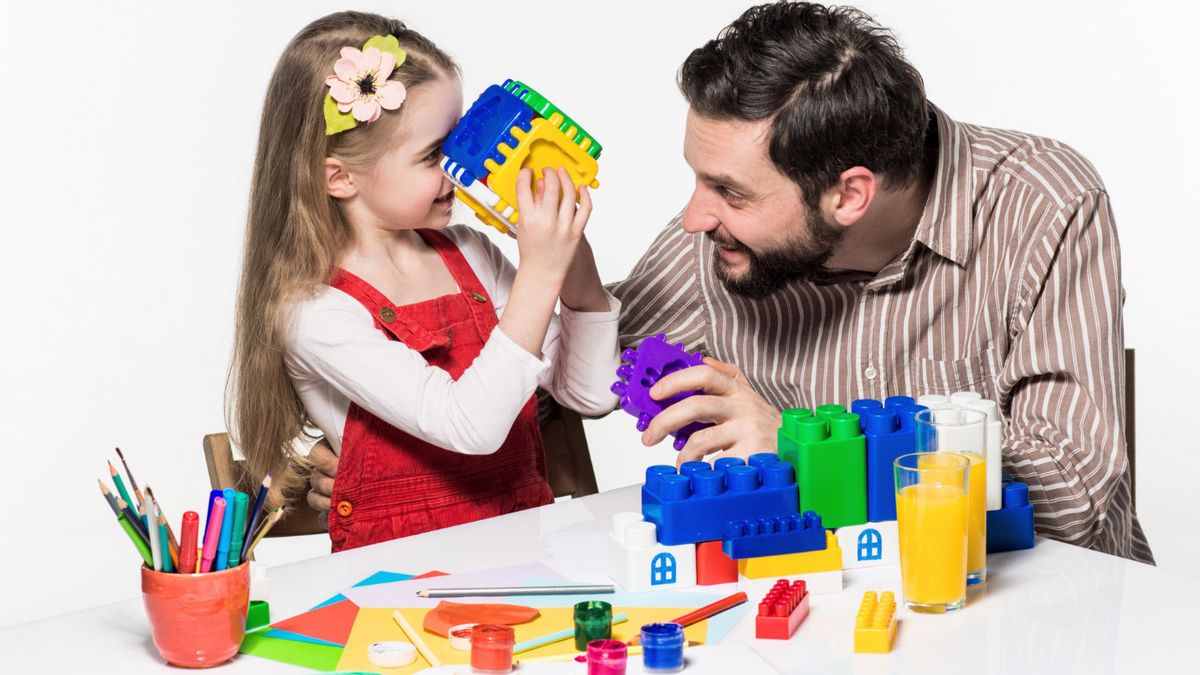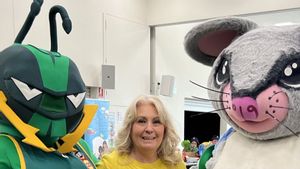YOGYAKARTA Collaborating with and educating children is the responsibility of parents. There are so many guidebooks or expert recommendations on how to educate children to be successful and independent when they grow up. According to the latest research published in the Journal of Creativity by The Ohio State University, elementary school students who are taught how to be creative can be skilled at improving their resilience and becoming a strong person.
Creative children, according to the study, could face real problems in their lives in the future. According to the lead author of the study, Angus Fletcher, after COVID-19 there are concerns that children are experiencing difficulties in school and life. From these concerns, creativity training can help children make plans when things don't go the way they want to.
This study uses narrative creativity training with 32 third, fourth, and fifth grade students living in Colombus, Ohio. These children are taught dramatic and literary techniques such as perspective shifts, counter-factual thinking (how-how), and casual thinking (why). This teaching helps improve problem solving in the real world.
Students who take part in this exercise are divided into two groups. The first group is taught a change of perspective by being asked to think of a friend who has special skills and can help them solve any problems. Children are told to think of this friend as a creative friend. This helps children change their perspective and view a problem from the point of view of others. For the second group, they are asked to identify the special qualities in themselves. Then these two groups are faced with a problem, namely not being able to attend birthday parties because they are out of town. Students are also asked to think about daily problems in their own lives.
This study found that 94 percent of the first group found a solution to this problem. But none of the two groups found a solution to their own problems.
"When you ask people to change their perspective and imagine taking advice from a friend, you get a much more creative and effective solution to a problem than just trying to solve the problem yourself," Fletcher said.
Researchers then conducted a second study, in which 28 students participated in a five-day narration creativity curriculum workshop. At this workshop, children are taught various narration creativity techniques. At the end of training, children are faced back with other problems and asked to think about their daily problems. However, this time researchers gave an unexpected challenge when children share solutions to their problems. The researchers responded by telling the children that their solutions would not work.
SEE ALSO:
If children can't solve a problem, we train them to rethink what they want to achieve and the reason for the problem. Back down and say why this is important? We often find that if you think more about what you want to achieve, and why is this so important, then you can see there are other ways to get what you want," Fletcher said.
Fletcher added that this research proves that there are ways we can help teach our children to solve their problems. He also added that teaching children the creativity of narratives can be done in a fun way so that children of all ages can understand and get involved in it.
The ability to use thoughts like this cannot be judged through standard tests. But it is still very important and can help children use and develop their creativity to solve real-world challenges," Fletcher concluded.
The English, Chinese, Japanese, Arabic, and French versions are automatically generated by the AI. So there may still be inaccuracies in translating, please always see Indonesian as our main language. (system supported by DigitalSiber.id)

















